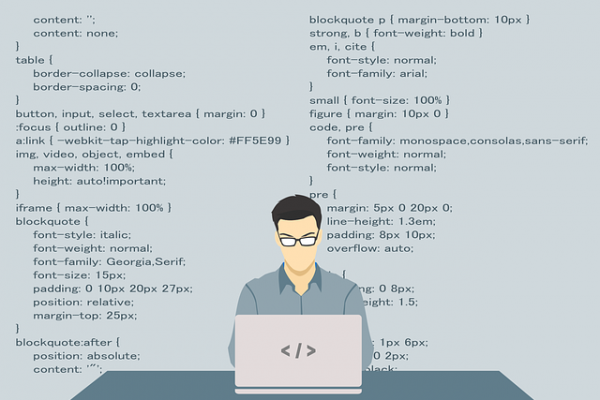What is Back-End Development and what are the responsibilities of a Back-End developer?
- January 11, 2017
- Web Development
 “Behind the scene”, the phrase holds a lot of weight around it. No, matter what the circumstances are people tend to forget that behind every process there will be a list of actions which are performed proportionately. For a system or an application to work logically, back-end support is vital.
“Behind the scene”, the phrase holds a lot of weight around it. No, matter what the circumstances are people tend to forget that behind every process there will be a list of actions which are performed proportionately. For a system or an application to work logically, back-end support is vital.
Back-end development deals with data management, which is not an easy task. The responsibility of a back-end developer is to perform the respective actions efficiently. Every development process is completely based on the requirement and complexity of an application.
Let me offer you a simple explanation, if a front-end developer gives an idea, then the back-end developer should code to make that idea work. Also, for a system or an application to perform logically, architecture plays a major role.
Three Factors of Back-End Operation
Nothing mystery here, if the front end deals with typography, design, and colors, then back-end is to the server, applications, and database. An application here mainly deals with server-side applications. A good back-end developer needs to have an excellent scripting knowledge, which is PHP, MySQL and other database languages.
Now getting back to the three factors, let us better understand them through a real time example.
Here the application acts an intermediate factor establishing communication between the server and database. Suppose a customer makes an order then, the data will be stored in the database along with other specifications. Again, when the same customer wants to make some changes or cancel the order then the server which is actually the browser, communicates with the database via an application. Once a secure medium is created then necessary actions are performed in accordance to the customer.
So, it is a process which involves creation and deletion of data in the database. A back-end developer should make sure that all these actions are performed systematically. PHP, Python, ruby are some of the languages used to achieve this process.
Software Stacks
Basically there are two types of back-end software stacks namely LAMP and MEAN. LAMP stands for Linux/Apache/MySQL/PHP, while, MEAN defines MongoDB/Express.js/AngularJS/Node.js.
Through these software stacks, a user can easily access the applications that are stored in servers. It is necessary that back-end developers should choose appropriate stacks in according to the requirements.
LAMP or Linux/Apache/MySQL/PHP
One of the most traditional stack software, LAMP has an open source status and is perfect for dynamic websites and applications. With huge community, LAMP makes the overall development process more resilient for a developer. Some of the modifications of LAMP are WAMP, LAPP, MAMP, and lastly XAMPP.
MEAN: MongoDB/Express.js/AngularJS/Node.js
On the other hand, MEAN is completely based on JavaScript and is considered as the most alternative for LAMP. Scalability is one such factor which is making MEAN more superior than LAMP. Through MongoDB, MEAN supports auto-sharding and auto failover.
Logical performance of an application or a system is based completely on the back-end architecture and the expert programming skills of a programmer. So, for an effective performance of applications back-end support is very essential.
GET A QUOTE










